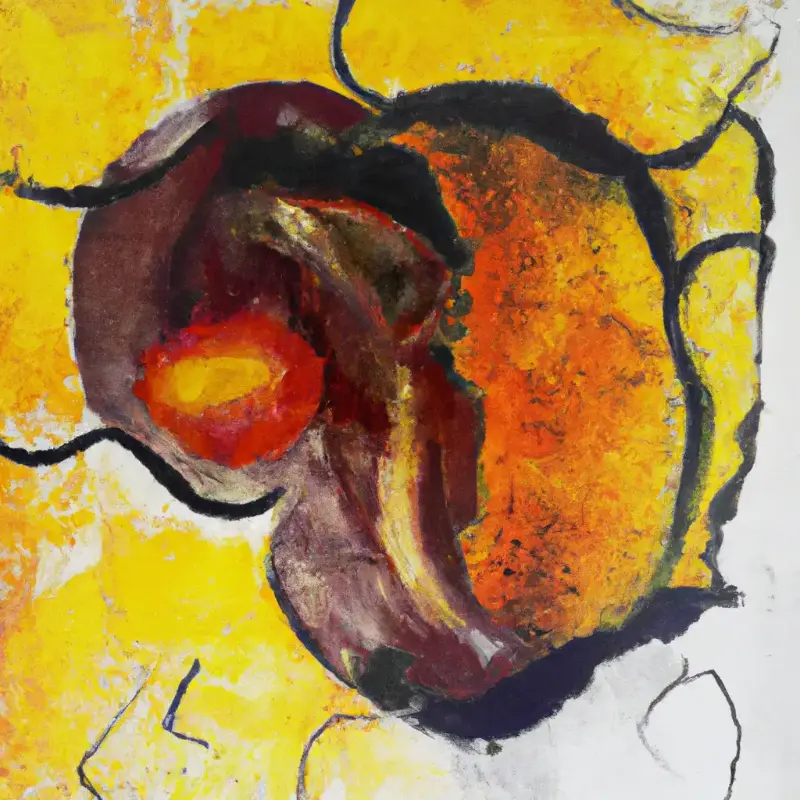Street Art and Graffiti: Voices from the Margins

Discover the captivating world of street art and graffiti through the voices of marginalized artists, offering a curious perspective on urban creativity.
🎨🌆🖌️🚧👀🧩🗣️👤🚀🌍
- Historical Roots of Street Art
- Origin: Emerged from urban landscapes
- Culture: Associated with subcultural movements
- Change: Evolved as a form of social commentary
- Graffiti as a Form of Language
- Communication: Acts as a method of speaking to the public
- Dialect: Has its own styles and symbols - Message: Often conveys political or social messages
- Street Artists as Social Commentators
- Observation: Reflects on societal issues
- Critique: Offers critique of contemporary life
- Voice: Provides a voice for the voiceless
- The Legality and Illegality of Street Art
- Conflict: Exists in a grey area of the law
- Perception: Viewed as vandalism by some, art by others
- Regulation: Subject to city ordinances and enforcement
- The Evolution of Graffiti and Street Art
- Timeline: From tagging to elaborate murals
- Acceptance: Gaining recognition in the art world
- Institution: Exhibitions in galleries and museums
- The Techniques and Media Used in Street Art
- Tools: Spray paint, stencils, stickers, and posters
- Innovation: Use of digital technology and projection
- Methods: From freehand to intricate stencils
- The Influence of Culture and Politics on Street Art
- Inspiration: Influenced by current events and cultural movements
- Activism: A platform for activism and change
- Diversity: Represents diverse political ideologies
- Street Art as a Community Builder
- Engagement: Encourages community participation and awareness
- Collaboration: Artists often collaborate with local residents
- Identity: Helps to define neighborhood identity and pride
- The Role of Anonymity in Street Art
- Mystery: Many artists work under pseudonyms
- Protection: Anonymity as a shield against legal repercussions
- Brand: Some have turned their anonymity into a brand
- Street Art in the Digital Age
- Exposure: Social media has amplified reach
- Documentation: Digital archiving of transient works
- Virtual: Emergence of virtual and augmented reality art
The Vibrant World of Street Art and Graffiti: A Closer Look #
Street art and graffiti are often seen as controversial forms of creative expression, vociferously critiqued by some and passionately defended by others. Yet, regardless of one's stance, the impact and cultural significance of these art forms cannot be denied. With roots deeply embedded in the urban experience, they represent the unfiltered voices of the city, echoing from the margins to the mainstream.
The Essence of Urban Narratives #
Historically, street art and graffiti have been instruments for the marginalized to claim space and voice their narratives. The Historical Roots of Street Art reflect a powerful desire for expression in urban spaces, often where other means of communication are limited or suppressed. As highlighted by the philosophy of art, these forms are deeply connected to the notion that art is the expression or application of human creative skill and imagination.
Painted Voices #
In examining Graffiti as a Form of Language, it's evident that the lines and colors sprayed onto city walls are not mere acts of defacement but complex semiotic systems. This language speaks volumes about the social and political undercurrents running through a community. Through the Dialect of graffiti, artists communicate with a lexicon of symbols that carry significant meaning for those who can decode them.
Artists and Societal Reflection #
Street Artists as Social Commentators underscores the critical role artists play in reflecting upon and critiquing society. Not only do they observe and Voice their insights, but they also often provoke discussions that might not otherwise take place. The paradox of both the legality and illegality of these forms, as discussed in The Legality and Illegality of Street Art, exemplifies the ongoing tension between institutional acceptance and the rebellious spirit that fuels the movement.
The Medium and the Message #
Technological advancements have allowed for an Evolution in style and execution, broadening the scope from tagging to intricate murals that transform the character of entire neighborhoods. The Techniques and Media Used in Street Art have diversified, incorporating digital technology and turning cityscapes into dynamic canvases. As society evolves, so too does the Influence of Culture and Politics on Street Art, with each stroke and stencil serving as a timestamp of the era.
Building Bridges #
The community-focused aspect of street art, discussed in Street Art as a Community Builder, spotlights the connective power of these public works. Not only do they Engage individuals, but they also foster a sense of collective identity and Pride within neighborhoods. The mystique surrounding the Role of Anonymity in Street Art allows artists to maintain a focus on the message rather than personal fame, while some artfully navigate this anonymity to build a recognizable Brand.
A Digitally Transformed Art #
In today's hyper-connected world, Street Art in the Digital Age has seen its reach and influence expand exponentially. The ephemeral nature of these works is now counteracted by Documentation through digital channels, allowing for a legacy that transcends the physical lifespan of the art.
Conclusion: The Ever-Evolving Canvas #
Street art and graffiti are much more than the colors that cling to city walls; they are vibrant, evolving dialects of urban expression. As society progresses, these forms will undoubtedly continue to transform, challenging us to listen, understand, and appreciate the voices from the margins. To fully grasp the essence of this expression, one might turn to resources such as the exploration of "Art as expression" on Britannica, providing a philosophical context to the conversation.
As we embrace this dialogue, we can better appreciate the multifaceted roles street art plays in shaping the cultural and political landscape of urban environments around the world.